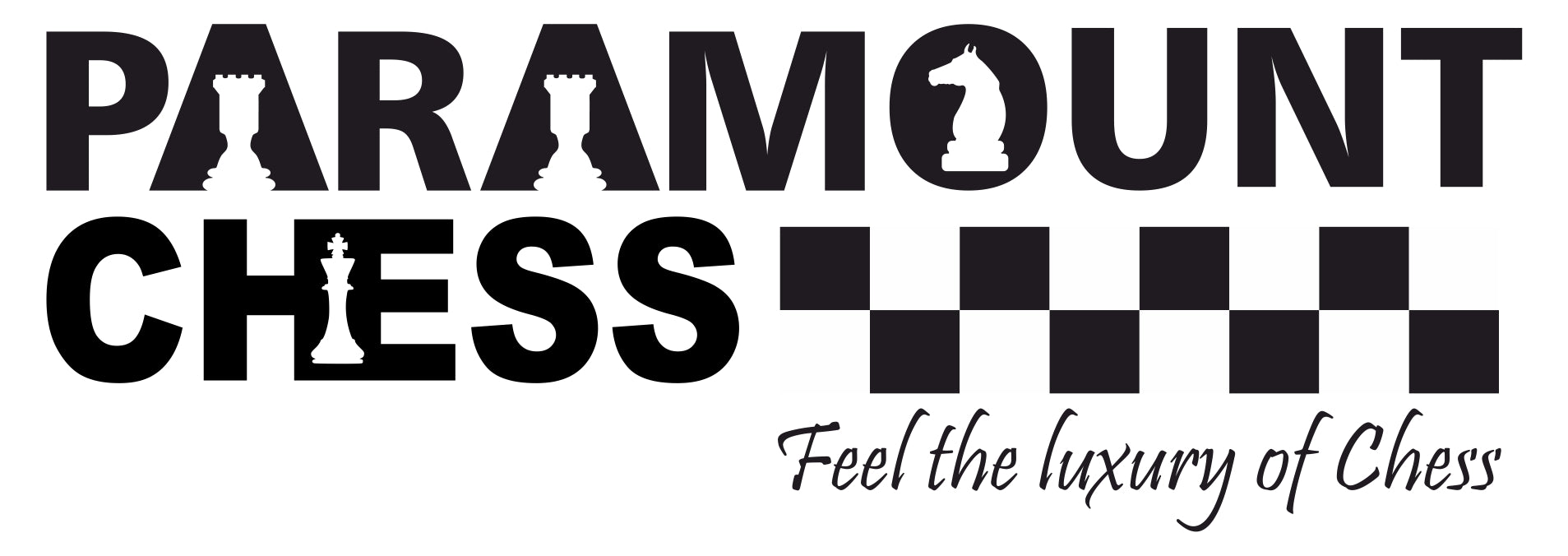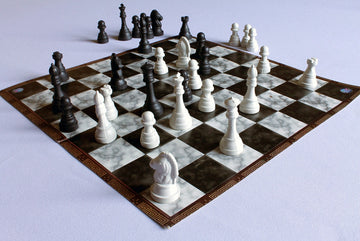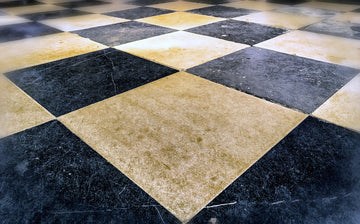
The King Indian Defence is in itself an iteration of the Indian game. It is commonly abbreviated as KID. One important thing to note is that the King’s Indian Attack is a similar move employed by white, while the King Indian Defence is monologous to black. A large section of the encyclopedia of chess openings is reserved for the King Indian Defence. This comprises of the sections from E60 to E99.

Some advantages of this opening are:
- It is a very precise and coordinated attack
- It leads to unique and surprising positions
- Black is often able to easily attack the white king
Some disadvantages of this opening are:
- White is able to develop its pieces over a wider range
- There is strong pressure for white on the Queens side
- Players well versed with this attack choose appropriate and effective counters
Let’s have a look at the King Indian Defence on the chess board:

The moves involved in this attack are:
- d4 Nf6
- c4 g6
This defence is one of the more docile ones out there. It mainly focusses on allowing white to gain control of the center while strengthening its king side. Having the king’s side castled early on in the game is essential. This opening is also one of the most common successful responses to white’s d4. Let’s look at some of the variations of the KID.
Normal Variation of the King Indian Defence
The normal variation is the way most games progress in the KID system. It involves instantly clearing up the kings’ side to make way for castling. In addition to this, it involves setting up the bishop in a super attacking position.

The moves involved here are:
- d4 Nf6
- c4 g6
- Nc3 Bg7
After castling on the kings’ side, black has already established a solid defence. It is now looking to regain control over the center of the board. Notice the attacking positions of the bishop and knight. This means that black has already established its superiority on the flanks and is now looking to destabilize the center. The most common method of doing this is by a Kingside attack since black has already established a stronghold there. Incase white decides to castle on the Queenside, a fierce battle of bishops will result. It is beneficial to hold them onto the end and not exchange them for a knight.
Saemisch Variation of the King Indian Defence
The Saemish variation to the King’s Indian was developed by Fritz Saemisch. It prevents the black knight from getting onto the g4 square. Thus it restricts the movement of black in order to maintain control of the center of the board.

The moves involved here are:
- d4 Nf6
- c4 g6
- Nc3 Bg7
- e4 d6
- f3
This variation provides a solid pawn structure and arrests the chances of rapid development for black. In addition to this, it weakens the dark squares therefore, it renders blacks dark squared bishop useless. In addition, the black knight is also unable to move. This is an extremely uncomfortable position for black. It is no surprise perhaps that over 44% of games involving the Saemisch variation end in victory for white.
Averbakh Variation of the King Indian Defence
The Averbakh variation is a slightly more attacking response to the King Indian Defence. The white bishops are utilized to their full potential in this variation. They are developed at the cost of the knight/s. This is because of their unlimited range of authority over the diagonals that they control.

The moves involved here are:
- d4 Nf6
- c4 g6
- Nc3 Bg7
- e4 d6
- Be2 O-O
- Bg5
Again this is also a very solid and sound response to the KID. The chances of victory for white are further increased to over 45% in this variation. The pinning of the knight restricts the development of three pieces for black, namely – the bishop, the knight and the pawns. Any supporting pieces or structures attached to this would also suffer from a lack of development. Further, it may also threaten to attack the black Queen early on which is of course quite dangerous.
Orthodox Variation
In this variation, white imitates black’s actions in the sense that it prefers kingside castling over piece development. It makes perfect sense for white to opt for this since it already has reasonable control over the center of the board. Investing more resources and time into fortifying the center of the board is not feasible. This is a defensive strategy from white conforming to the orthodox methods of the game of chess.

The moves involved here are:
- d4 Nf6
- c4 g6
- Nc3 Bg7
- e4 d6
- Nf3 O-O
- Be2
As the name suggests, there is tons of theory available on this opening. It is very cumbersome to remember each and every line for this variation. For this reason, it is not an ideal choice among competitive players. The win percentage for white however is good with about a 42% of securing a win.
Further reading 1: https://lichess.org/study/9XAhbaE7
Further reading 2: https://lichess.org/study/DJeLzj3z




